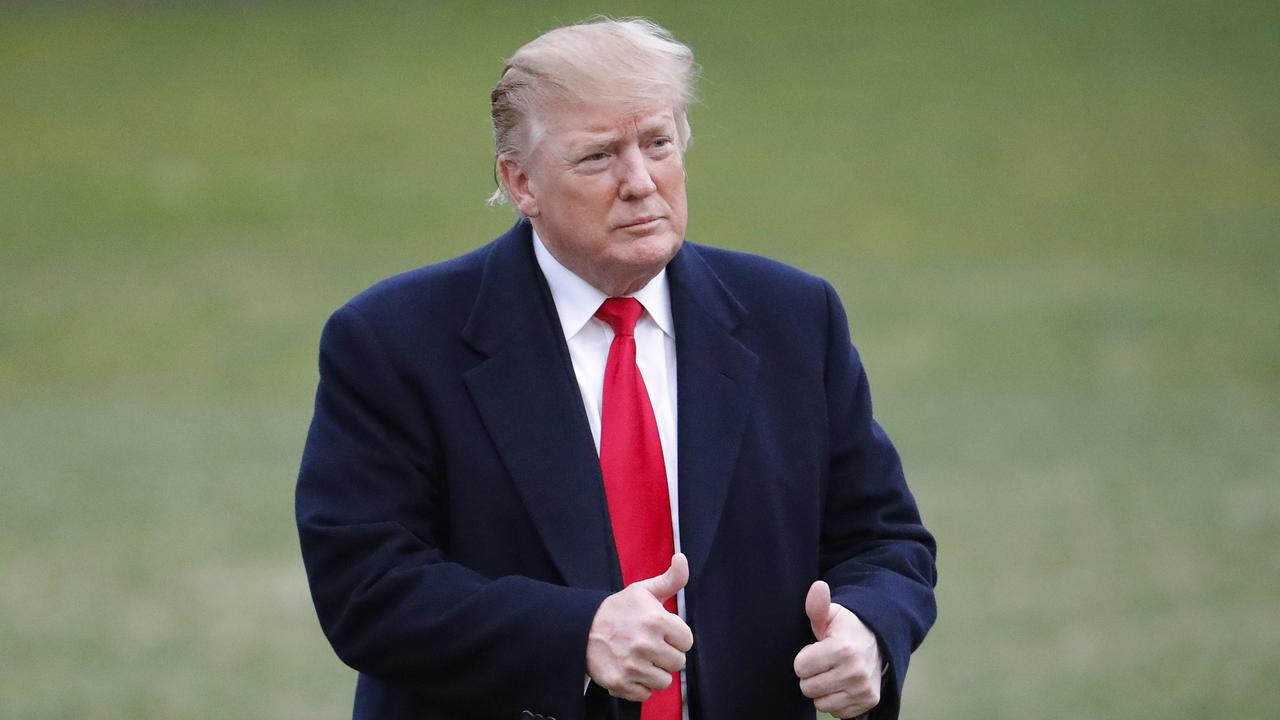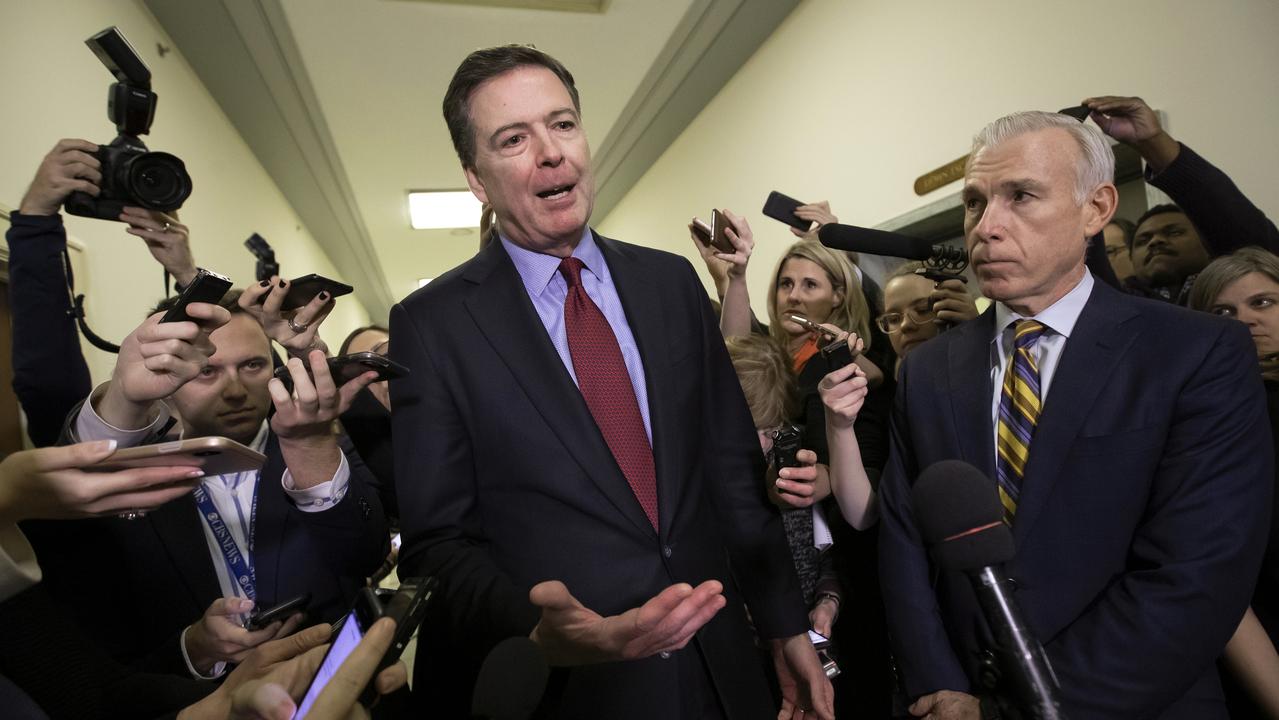It’s game on for Oz tennis
IS Australian tennis at last developing some depth or will the Open once again reveal a lack of talent coming through?

THE old favourites will be at Melbourne Park this week. Lleyton Hewitt, Sam Stosur and Casey Dellacqua will add local colour to the popular grand slam event, but even the most patriotic commentators rate their chances of knocking off the world’s top players as modest. The last Australian male to win the Australian Open was Mark Edmondson in 1976. The last woman to win was Chris O’Neil in 1978.
Yet there is plenty of hope among tennis authorities as Pat Rafter takes over as director of performance at Tennis Australia and the Open starts with five Australian men in the top 100, headed by Nick Kyrgios at 50, and another six sitting between 100 and 200.
Joining Kyrgios in the new generation of Open hopefuls are people like Luke Saville, Thanasi Kokkinakis and the West Australian Storm Sanders. There is also late-maturer Sam Groth, 27. Two young women — Russian-born Daria (Dasha) Gavrilova and Croatian-born Ajla Tomljanovic — are still not citizens but will play under the Australian flag in Melbourne.
The draw has been kind to the youngsters: there is no Novak Djokovic, Roger Federer or Serena Williams plotting an early end to the party from across the net.
Whether the players noted above are part of a genuine resurgence of Australian tennis is not yet clear, though the next fortnight will give a real indication. But Tennis Australia CEO Craig Tiley is positive: “There is no question that there are more opportunities, there are more opportunities than we’ve enjoyed over the past.”
Tiley is excited about former champion Rafter’s appointment and says that along with Alicia Molik, who is the Fed Cup captain, Rafter brings real experience of what it means to win big matches.
“Who could ask for a better person (than Rafter), with the type of character and attitude that he had competing, to be leading our performance,” says Tiley, who was director of performance from 2005 to 2010. “He is going to put his footprint on the personal development of all these athletes.
“What these people bring is the feeling of making a grand slam final, winning a grand slam, knowing what you need to do, how you need to prepare (and) the attitude you need to have in today’s age of modern performance and athletics.”
Even if only a couple of Australians last the first week in Melbourne, it will be an improvement on recent years when Australian tennis seemed to lose the plot.
The worst result was at Wimbledon in 2012. It was a long way from the golden decades of the 1950s, 60s and 70s, when the All England Club might reasonably have expected to host at least three Australians in the semi-finals. Rod Laver, Ken Rosewall, John Newcombe, Evonne Goolagong-Cawley and Margaret Court became legends, and they had plenty of company from other Australians who were at the top of the game.
But in June 2012, Hewitt, Tomic, Matt Ebden and Marinko Matosevic lost in the first round, ensuring Australia’s worst performance at Wimbledon since 1938. Six months later in Melbourne, Tomic made it to the third round of the Australian Open but was thrashed by Federer. Stosur was a second-round casualty that year and so was James Duckworth. For all the opportunities afforded local players, all the wildcards and all the coaching, just three players were able to win a match. The knives were out.
John Alexander, the former world No 8 who is now the federal member for Bennelong, described the situation as dire. It was not a new statement from Alexander. Five years earlier, with the Davis Cup team banished to the Asia-Pacific zone and our Fed Cup team faring worse, he said Australian tennis was on its “deathbed”.
“We’re getting close to the end of the road unless we can turn it around,” he said.
The criticism offended Tennis Australia officials, but Alexander was not alone.
In 2005, just six months after Hewitt lost the Australian Open final to Marat Safin, the Australian player said: “Something has changed or gone wrong for Australia and the United States. Just in the Australian part, we don’t have enough players. It is not really good enough for our country. We have got to try and find a way for young kids coming up.”
It is difficult to pinpoint why Australian tennis slumped in this period.
Did our youngsters have it too good compared with kids from emerging powers such as Russia and Croatia, who were more motivated to work harder? Had they simply gone soft? There were plenty of other theories. Tennis courts were disappearing, according to Alexander, and thus the opportunity for people to get out and have a hit. Yet Tennis Australia argues this is not necessarily the case as figures are hard to get about the numbers of courts in the 50s and 60s. The administrative body says participation rates are increasing although it wants many more people playing, aiming to have one million Australians registered as players, about double the present number. One factor that some critics cite as a dampener on our pool of potential champions is the lure of other financially lucrative sports, such as AFL. Young players put down their racquets and opt for football because payment seems more secure.
And how much of the demise of tennis can be blamed on internal political fights? It is a sport with many stakeholders with different views. Most recently there was an intense battle for the presidency, with Stephen Healy winning out against former Australian Open boss Paul McNamee.
A decade ago, as Hewitt lamented the decline, the Tennis Australia board looked overseas for a solution. Tiley, who once coached former tour player Wayne Ferreira, was a South African working in the American collegiate system in Chicago. Appointed director of performance in 2005, he vowed to turn things around in five years, and pushed for coaches and players to be made more accountable. But as recently as a couple of years ago, the situation seemed no better at senior level despite a string of juniors enjoying success. Tennis Australia has conceded that a five-year turnaround was overly optimistic. The body stuck with Tiley, promoting him to CEO in 2013, and things have gradually improved with a 10 or 12-year plan regarded as a more realistic time frame.
Rafter’s decision to take on the director’s job responsible for player development, follows a review by American coach Paul Annacone, who has worked with Pete Sampras. Annacone will now work with Rafter to help with development of players.
Rafter’s involvement with senior tennis has added excitement to the game. As Davis Cup captain since 2010, he has refused to pander to players and has been prepared to discipline Tomic and Matosevic, for example. There are high expectations that he will be able to lift the level of players more generally.
Says Healy: “I think what we have done well is that we have stayed the course with the plan. That is not to say we haven’t tweaked it at times a little bit. But we haven’t done what others have done, chopped and changed and gone for glory quickly.
“The board has been right behind Craig and the team, and now to have Pat (Rafter) and Alicia Molik sitting in those positions, too, we have outstanding leaders and a great group.”
Healy is particularly pleased with the men’s squad: “Where we are at in the men’s space is incredible. If the average age of the top 100 is 28, we have only got two players over the age of 28 and we have 14 of the top 200 at the moment. There is a lot pushing up among that group. It is exciting times.”
Even in the dark times, there was the occasional strong result.
Stosur’s triumph in New York, against Serena Williams in 2011, is a standout. A year earlier a French Open title went begging when she lost to Italian Francesca Schiavone. For all her struggles at home and at Wimbledon, the Queenslander has enjoyed an outstanding career, the best of any Australian woman since Goolagong-Cawley.
Tomic has also shown real promise, both at the Australian Open and more audaciously at Wimbledon when he reached the quarter-finals in 2011 — an effort matched by Kyrgios last year. Thanks to Rafter’s captaincy, Australian male players are back in the World Group of Davis Cup and will play the Czech Republic in the opening round in March.
The juniors are also on the march. In September, Omar Jasika’s talent was known only to locals but then he became the first boy this century to claim the US Open junior singles and doubles titles in the same year.
Last Wednesday he had a global audience as he played a charity event set against Rafael Nadal in prime time on Margaret Court Arena.
Jasika failed to qualify for the Open but there are hopes the left-hander and another 17-year-old, Marc Polmans, who also missed out, will soon succeed at the senior level.
There is less depth in the women’s ranks but in Stosur and Dellacqua, Australia has two seeded players in the Open.
Their fate rests on conquering nerves and then on their ability to upset Czech Petra Kvitova, the reigning Wimbledon champion, who is their most likely opponent later this week.
The imported players, Slovakian-born Jarmila Gajdosova, Tomljanovic and Gavrilova provide depth, while there is hope Sanders and Olivia Rogowska will enjoy success this year.
Tiley is pleased that the pool of potential champions is growing, but recently said he will not be satisfied until Australians are again the best of the best.
“We have just provided the opportunity and the resources and had a program and a pathway that has some accountability in it and some leadership,” he told Radio Sport National.
“I am really proud of the work that they have done … but they still have a long way to go. I don’t think we will be satisfied until some of them win grand slam titles and become No 1 in the world. That is what is great about Australian sport, expectation. We want to be the best … there is.”



